Description
Christmas Lima Bean (a.k.a. Large Speckled Calico, Giant Calico/Florida Pole, Giant Butter/Florida Speckled Giant Speckled)
25 Seeds per pack
Days to Maturity: 75-100 Days
Sun Requirements: Full Sun
Botanical Name: Phaseolus lunatus
An heirloom dating back to 1840, the Christmas Lima is a vigorous pole bean that can climb seven to ten feet and produce heavy yields even in hot weather. The pods grow four and a half to five and a half inches long by about one inch wide, each containing large, quarter-sized beans. Their striking white background with deep maroon speckles and swirls remains visible after cooking, making them as decorative as they are delicious.
Christmas Lima beans are prized as both a “shelly” and dry bean. Their rich, buttery flavor carries notes of chestnut, with a velvety, potato-like texture that shines in soups, stews, and salads. They pair especially well with hearty meats like lamb or pork, or can be enjoyed simply with herbs and olive oil. These nutrient-dense beans are an excellent source of protein, fiber, iron, potassium, magnesium, copper, and B vitamins such as thiamine and folate. A true gem, the Christmas Lima brings beauty and flavor to the table!
Planting Instructions for Christmas Lima Bean Seeds
When to Plant:
Christmas Lima is a warm-season heirloom pole bean that must be planted after the danger of frost has passed. Wait until soil temperatures reach at least 65 degrees Fahrenheit for strong germination. If the soil is still cool at frost-free date, delay planting until it has warmed, or start with a greenhouse or hoop house. As a vigorous pole type, Christmas Lima takes longer to mature than bush limas, producing in about 75 to 100 days depending on climate.
Where to Plant:
Choose a sunny location with at least six hours of direct sunlight daily. This bean prefers loamy, well-drained soil with a pH of 6.0–6.8. In heavy soils, raised beds or ridged rows are helpful. Rotate plantings each year and avoid planting in the same bed two years in a row to reduce disease problems.
How to Plant:
Direct-seed outdoors, as lima beans do not transplant well. Plant seeds one to one and a half inches deep in warm, moist soil. Space seeds four to six inches apart in rows twenty-four to thirty-six inches apart. Provide poles, trellises, or other support for climbing vines, which can reach seven to ten feet in height. Do not presoak seeds before planting, as they may split. Thin seedlings to ten to twelve inches apart to ensure proper airflow and vigor.
Watering and Care:
Keep soil evenly moist, supplying about one inch of water per week, especially during flowering and pod set. Apply water at the soil line to keep foliage dry. Mulch after the soil has warmed to conserve moisture and suppress weeds. Christmas Lima thrives in warm weather between 70 and 85 degrees Fahrenheit and is notably tolerant of heat, making it reliable in hot summer conditions. Fertilization is seldom needed, though a light side dressing of compost midway through the season can encourage continued pod set.
Companions and Cautions:
Good companions include corn, cucumbers, potatoes, and summer savory. Avoid planting near onions, garlic, or chives, which can stunt growth. Watch for pests such as aphids, Mexican bean beetles, or spider mites. Rotate crops yearly and maintain good spacing to prevent diseases like rust, anthracnose, or bacterial blight.
Harvesting:
-
For fresh eating: Pick pods when they are plump, green, and leathery. Beans are at their tender best before pods begin to yellow. Harvest regularly to encourage continued production.
-
For dry storage: Leave pods on the vines until they are tan and brittle, and seeds rattle inside. If frost or wet weather threatens, pull entire vines and hang indoors to finish drying.
Storage and Preservation:
Freshly harvested pods will keep in the refrigerator for one to two weeks. Shell and blanch beans for freezing, or pressure-can for long storage. Fully dried beans should be stored in airtight containers in a cool, dark, and dry place, where they remain viable for food use for up to two years.
Seed Saving:
Christmas Lima is mainly self-pollinating, but occasional cross-pollination can occur. To preserve seed purity, separate from other lima varieties by at least twenty feet. Save seed only from healthy, mature plants. Select pods free of pest damage, especially from stink bugs. Dry shelled beans thoroughly on paper in a single layer until hard. Store in airtight containers or seed saving envelopes in a cool, dry spot. Properly dried seeds remain viable for planting for two to four years.
End of Season Clean-Up:
After harvest, remove and dispose of vines to reduce overwintering pests and diseases. Do not compost diseased material. In gardens with repeated bean crops, check roots for signs of nematode damage; if galls are found, rotate crops or follow recommended nematode management practices.
FAQ:
What is a Christmas Lima Bean?
The Christmas Lima (Phaseolus lunatus), also known as Large Speckled Calico or Giant Calico, is an heirloom pole bean dating back to 1840. It produces large, quarter-sized beans with white backgrounds and maroon swirls, prized for both their beauty and flavor.
What does “shelly bean” mean, and are Christmas Limas one?
Yes, Christmas Limas can be used as a shelly bean, meaning the beans are harvested fresh from the pod before they are fully dried. At this stage, they are tender, cook faster, and have a rich, creamy flavor.
How do Christmas Limas taste?
They have a rich, buttery flavor with notes of chestnut, paired with a velvety, potato-like texture. This makes them excellent for soups, stews, casseroles, and hearty salads.
How tall do the vines grow?
Christmas Lima vines are vigorous climbers, often reaching seven to ten feet tall. They require trellises, poles, or other sturdy supports.
How long do Christmas Limas take to mature?
They take about 75 to 100 days, depending on climate. This is longer than bush-type limas, but they produce heavy yields and thrive in warm conditions.
Can Christmas Limas handle hot weather?
Yes. They are notably tolerant of heat and continue to set pods even during hot summer conditions, making them dependable for warm regions.
How do I harvest them as shelly beans versus dry beans?
For shelly beans, pick pods when they are green, plump, and leathery, before they yellow. For dry beans, leave pods on the vine until tan and brittle, or pull whole plants to dry indoors if frost threatens.
What nutrients do Christmas Limas provide?
They are nutrient-dense, supplying protein, fiber, iron, potassium, magnesium, copper, and B vitamins such as thiamine and folate.
How should I store Christmas Lima beans?
Freshly picked beans can be refrigerated for one to two weeks. Shelled beans can be blanched and frozen, or pressure-canned. Fully dried beans store well in airtight containers in a cool, dark place for up to two years.

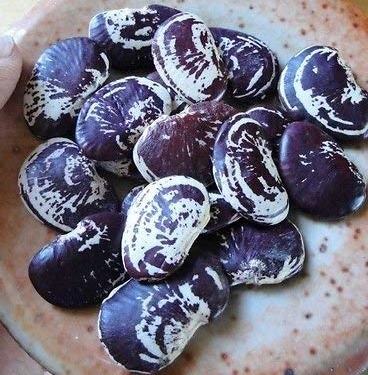

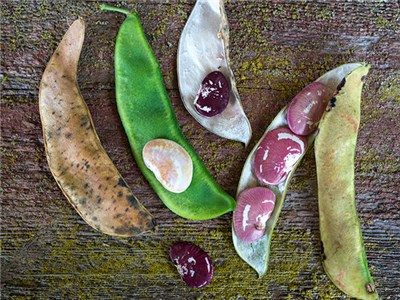



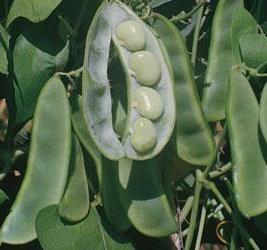
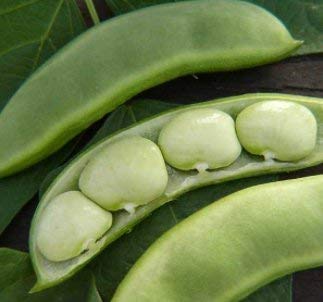







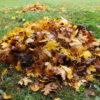


Morgan W. (verified owner) –
I was exceptionally happy with both of my orders from St Clare seeds. The shipping was fast, the seeds are very high quality, and my garden is growing amazingly well and already producing a harvest. 10/10 recommend them for all of your seeds. I can’t wait to plant more seeds, and try some new varieties.
Anonymous (verified owner) –
excellent germination
Mary Harrison (verified owner) –
5 star!